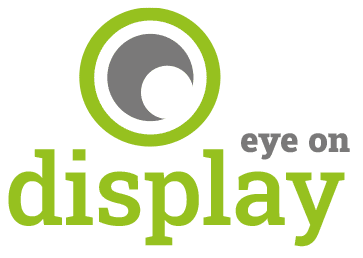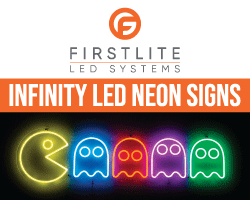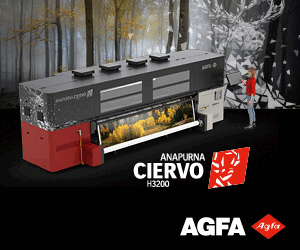Michelle Henry, Business Development Manager at Wise Studios, explains the hurdles faced in hospital wayfinding and how WiseNav is set to revolutionise this vital aspect of healthcare management.
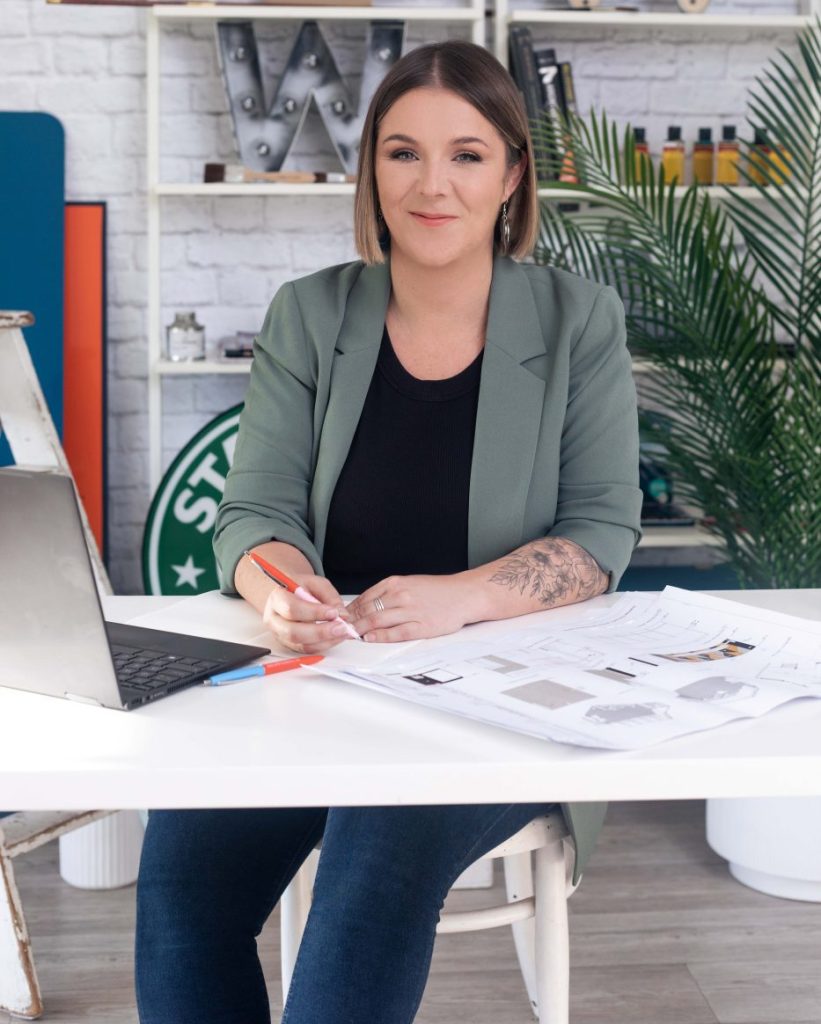
Read another Eye on Display interview with Michelle Henry here.
Navigating the complex halls and departments of a hospital is often a frustrating experience. Add to this the stress of missing or being late for an appointment because you cannot find your way in time.
Imagine this. Already anxious, this increases as you search for the eye care department as indicated in your appointment letter, only to encounter a new sign that reads ‘ophthalmology,’ tucked away among five other signs. Is this where you need to be?
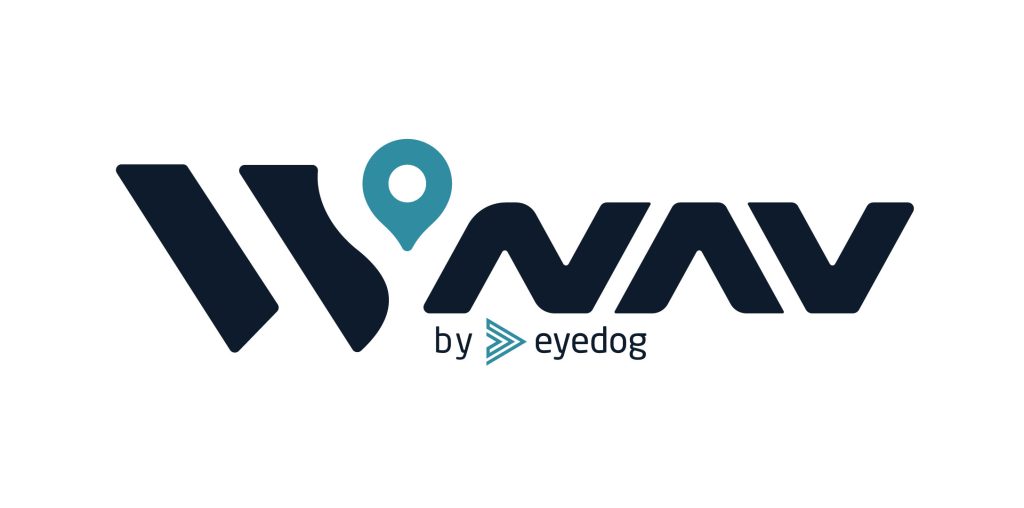
Wise Studios aims to alleviate these challenging experiences through its WiseNav app. This innovative solution aims to transform mobile wayfinding by using landmark photos to provide guidance.
Michelle Henry, Business Development Manager at Wise Studios, explains the hurdles faced in hospital wayfinding and how WiseNav is set to revolutionise this vital aspect of healthcare management.
“For years, I worked closely with various NHS trusts in the U.K., grappling with the complexities of wayfinding,” Michelle begins. “It’s not just about signage; it’s about adapting to constant changes within healthcare environments.”
One of the central issues lies in the sheer volume of departments vying for inclusion on sign directories. “These demands often push staff to opt for quick-fix solutions, prioritising expediency over coherence. The result is often haphazard additions to directories and inconsistent branding, exacerbated by the involvement of multiple sign companies, each with its own approach and aesthetic,” explains Michelle.
Adding to this complexity are the ever-changing dynamics within hospital settings. Building extensions and renovations introduce a layer of confusion by altering layouts and traffic flows, challenging even the most seasoned navigators. Tight budgets further compound the issue, limiting the implementation of comprehensive wayfinding strategies that could streamline the user experience.
Moreover, physical signs, while serving as traditional wayfinding aids, fall short in catering to diverse user needs. Individuals with poor visibility, mobility limitations, or language barriers often find themselves at a disadvantage, struggling to decipher signage designed without their specific needs in mind. This lack of inclusivity not only adds to the stress of navigating hospital environments but also places an undue burden on already busy staff members. In the rush to assist patients and visitors, staff may inadvertently guide them astray, leading to missed appointments and potential financial repercussions for both parties.
“Physical signs quickly become outdated,” Michelle explains, “leading to confusion and frustration among patients and visitors.”
WiseNav steps into this fray with a fresh and human-centred perspective. “WiseNav is a game-changer,” Michelle asserts. “It harnesses the power of landmark photos to guide users seamlessly through hospital corridors, akin to receiving directions like ‘turn left at the pub.'”
Developed with attention to detail and scientific principles, WiseNav leverages cognitive processes to enhance navigation accuracy. WiseNav’s development aligns with experts such as Stephen Winter, PhD from the Department of Cognitive Science at Melbourne University, who notes, ‘Landmarks are ideal wayfinding tools. They allow fast reasoning and efficient communication, making them perfect for guiding individuals through complex environments.’
The app’s utility transcends hospital settings. “It’s not limited to hospitals,” Michelle emphasises. “It’s designed to suit any large site, from airports to universities, making it a versatile solution for diverse environments.”
The app’s functionality extends far beyond basic navigation. “WiseNav is all about empathy,” Michelle elaborates. “It provides visual cues for users with certain visual impairments and offers multi-lingual instructions, ensuring inclusivity for all.”

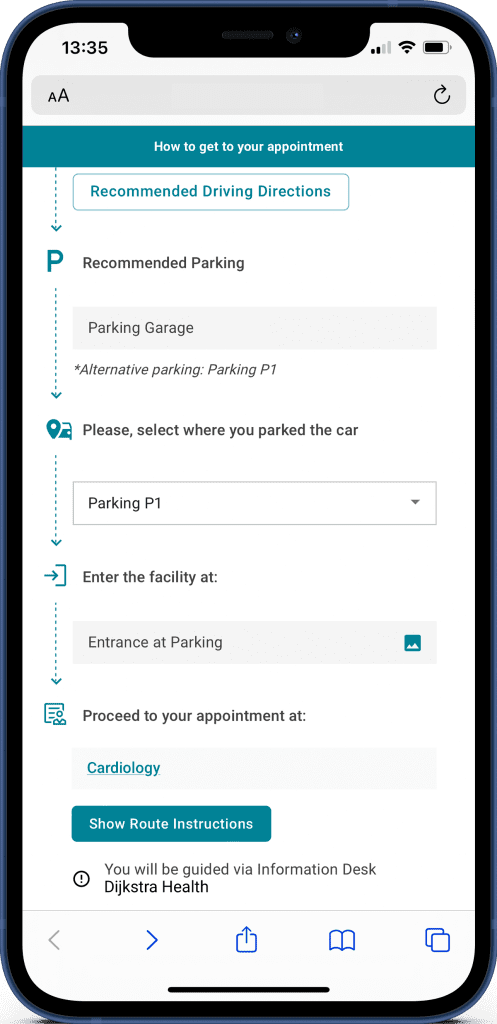
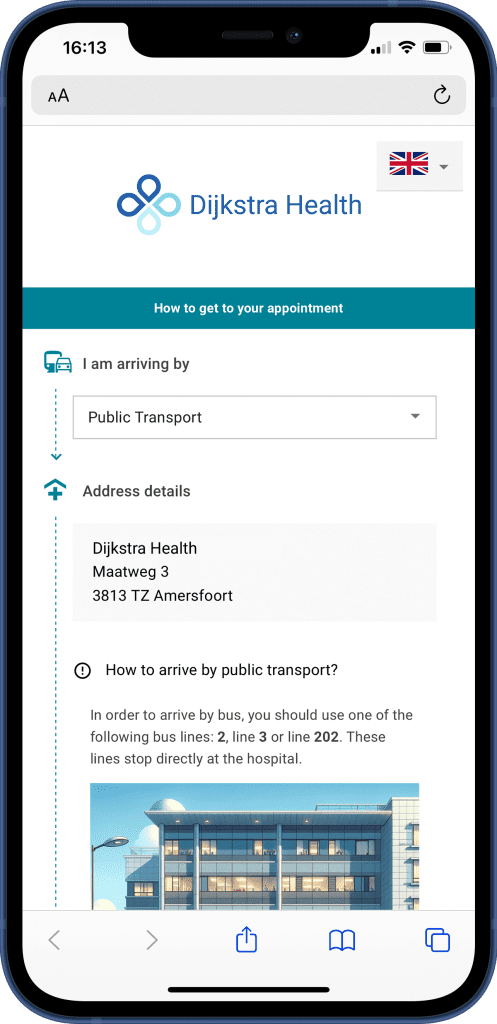
So, how does WiseNav navigate the intricacies of the patient journey? Michelle breaks it down:
- Prepping from Home: WiseNav empowers patients to plan their hospital trips from the comfort of their homes. By clicking on a link provided within their digital health app or email, patients receive step-by-step directions synced perfectly with appointment details.
- Getting to the Hospital: WiseNav integrates seamlessly with mapping services, assisting users in planning their journey to the hospital via various modes of transportation.
- Around the Hospital: Once at the hospital, WiseNav guides users to designated parking spots and optimal entrances based on their appointments. It even calculates accessible routes for users with mobility challenges.
- Inside the Hospital: Users receive personalised directions using images and easy-to-follow text, ensuring they stay on track. Touch points aid in check-ins and other necessary stops, seamlessly integrating with existing signage if preferred.
- Post-Appointment: After appointments, WiseNav safely guides users back to their vehicles, completing the journey with efficiency.
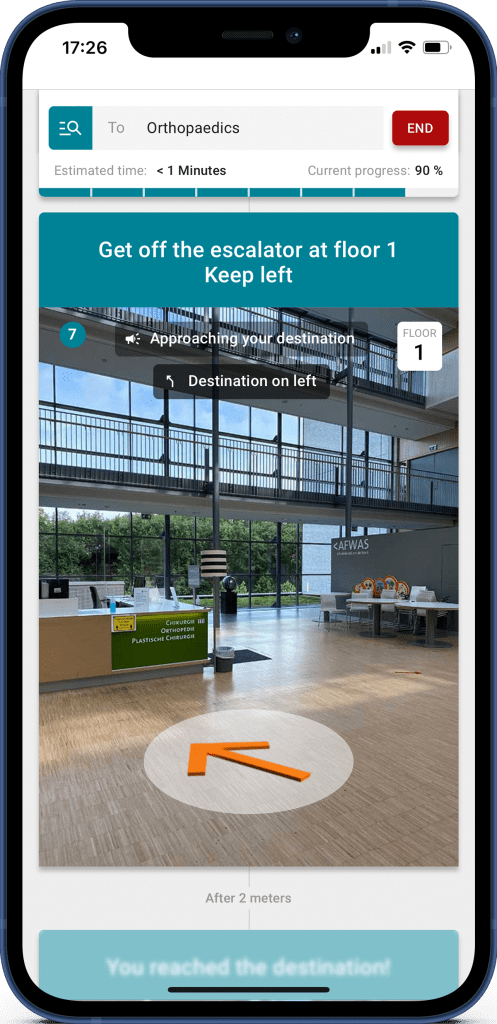
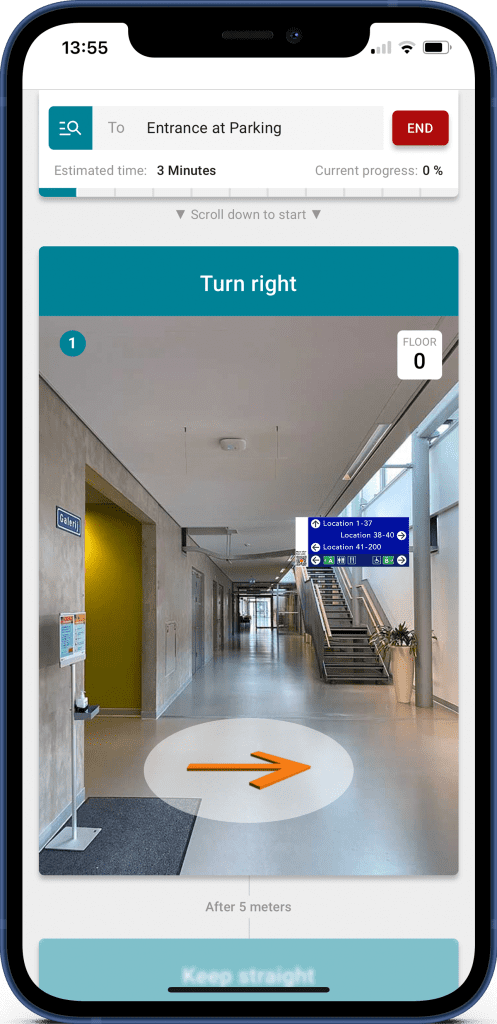
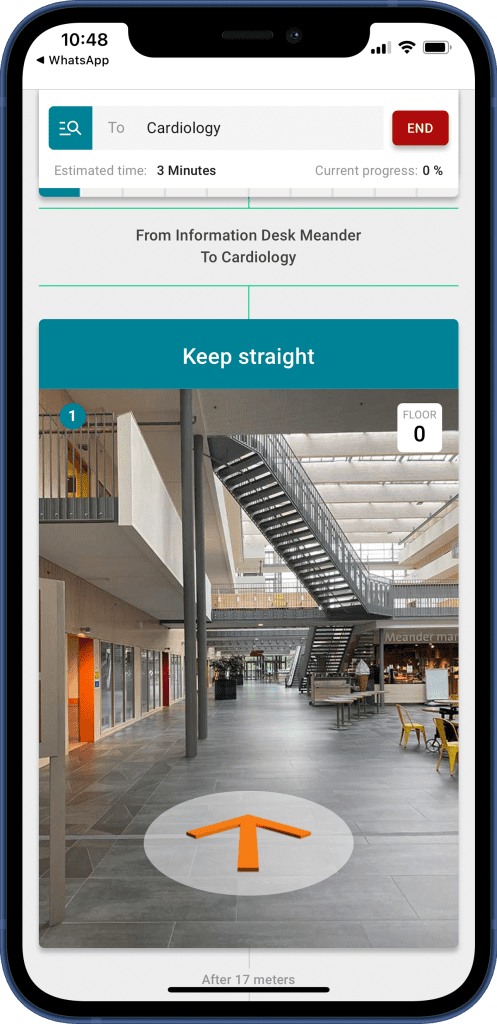

“If a user takes a wrong turn, they can easily backtrack through the numbered landmark photos until they spot the correct one. With 97% of users finding their appointments without any complication, WiseNav’s intuitive design ensures a seamless navigation experience,” adds Michelle.
Moreover, WiseNav is agile and adaptable. “We understand that hospital environments are ever-changing,” Michelle explains. “That’s why WiseNav enables swift updates for construction, layout changes, or any modifications, ensuring accurate navigation at all times.”
“WiseNav’s platform swiftly adapts to unforeseen circumstances like pandemics, generating one-way routes and enforcing safety measures such as social distancing. This proactive approach helps healthcare facilities maintain a safe environment and ensures seamless navigation amidst changing conditions,” adds Michelle.
The benefits extend beyond users to hospitals themselves. “Successful wayfinding translates to reduced stress for patients, fewer missed appointments, and increased efficiency,” Michelle emphasises. “For hospitals, this means cost savings and improved patient satisfaction.”
Early adopters echo these sentiments, with WiseNav already making waves in over 50 hospitals across Europe and the US. “We tested WiseNav firsthand in Amsterdam,” Michelle shares. “The experience was seamless, from navigating from the airport to the hospital appointment and back.”
Looking to the future, WiseNav’s potential knows no bounds. “We’re expanding into museums, airports, universities, and beyond,” Michelle reveals. “The goal is to simplify wayfinding across diverse sectors, ensuring a stress-free navigation experience for all.”
For more information see the video below or visit www.wisenav.co.nz
Article by Debbie Dingle, ANZ Editor, Eye on Display
